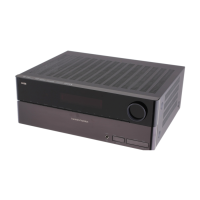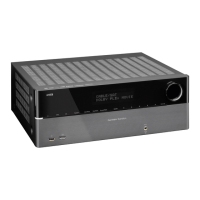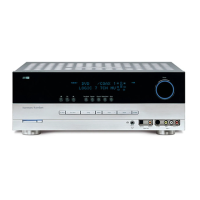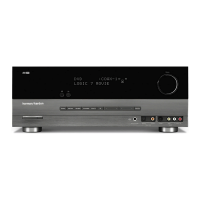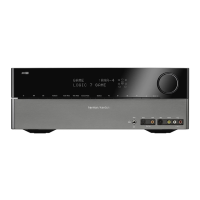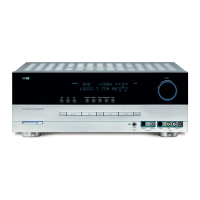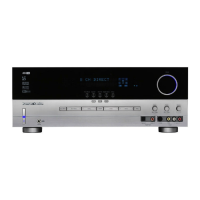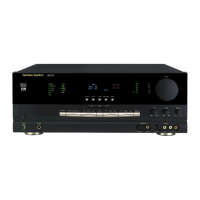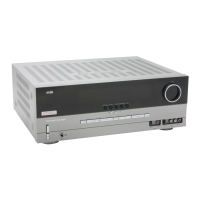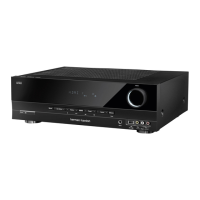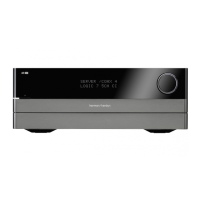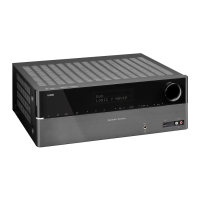
Do you have a question about the Harman Kardon AVR 260 and is the answer not in the manual?
| Impedance | 8 Ω |
|---|---|
| Receiver type | Surround |
| Audio output channels | 7.1 channels |
| Signal-to-Noise Ratio (SNR) | 100 dB |
| Total Harmonic Distortion (THD) | 0.07 % |
| Power output per channel (1KHz@6 Ohm) | 120 W |
| Power output per channel (20-20KHz@8 Ohm) | 50 W |
| HDMI in | 3 |
| Audio (L/R) in | 6 |
| Component video (YPbPr/YCbCr) in | 4 |
| Number of HDMI outputs | 1 |
| Connectivity technology | Wired |
| Speakers connectivity type | RCA |
| Wi-Fi | - |
| Ethernet LAN | No |
| Supported radio bands | AM, FM |
| Preset stations quantity | 30 |
| Product color | Black, Grey |
| Audio decoders | Dolby Digital Plus, Dolby TrueHD, DTS 96/24, DTS Neo:6, DTS-HD |
| Apple docking compatibility | Not supported |
| AC input voltage | 220-240 V |
| AC input frequency | 50 Hz |
| Depth | 382 mm |
|---|---|
| Width | 440 mm |
| Height | 165 mm |
| Weight | 11800 g |
Essential guidelines for safe product use and operation.
Indicates compliance with technical standards for product safety.
Overview of the AVR's capabilities, advanced technologies, and system integration.
Details on connecting audio sources to the receiver.
Explanation of HDMI interface and its usage for audio/video.
Specifics on connecting devices via HDMI inputs for optimal signal.
Guide for connecting the AVR's HDMI output to a display device.
Instructions for connecting analog and digital audio/video sources.
Steps for connecting various video sources and displays.
How to connect power and manage system power for the AVR.
Guidelines for optimal positioning of speakers for best sound quality.
Initial setup procedures for powering on the AVR for the first time.
Overview of the system setup menus and configuration options.
How to select and manage audio/video input sources for the AVR.
Assigning physical audio and video inputs to each source.
Configuring individual source settings for optimal performance.
Detailed guide on configuring speaker settings for the audio system.
How to manually configure system settings if EzSet/EQ is not used.
Explains different surround sound modes and their features.
General guidance on using the AVR after setup.
How to temporarily silence audio output.
Methods for choosing active input sources.
How to choose and use different surround sound modes.
Adjustments for Dolby Pro Logic II/IIx Music modes.
Steps to configure the AVR for multiroom audio distribution.
Options for adjusting picture quality and aspect ratio.
Adjusting audio settings like tone controls and night mode.
Customizing general AVR settings for user convenience.
Various settings for volume, language, and display.
Configuring the screen saver timeout to prevent display burn-in.
Guide to accessing and using the AVR's FM/AM tuner.
How to use Radio Data System features for enhanced tuning.
Using Program Type codes to find specific radio stations.
Method to program the remote using specific device codes.
Automatic method for programming the remote if codes are unknown.
Creating sequences of commands for automated operations.
Setting up controls to operate different devices simultaneously.
Procedure to reset the AVR's memory to factory defaults.
Reference for connecting various source devices.
Default configuration settings for different sources.
Default speaker and channel configuration values.
Default delay time settings for speaker calibration.
Default settings for each input source.
Default audio effects settings.
Default video mode settings.
Default surround mode settings.
Table of remote control codes for various devices.
Default system settings for the AVR.
Default settings for multiroom (Zone 2) operation.

